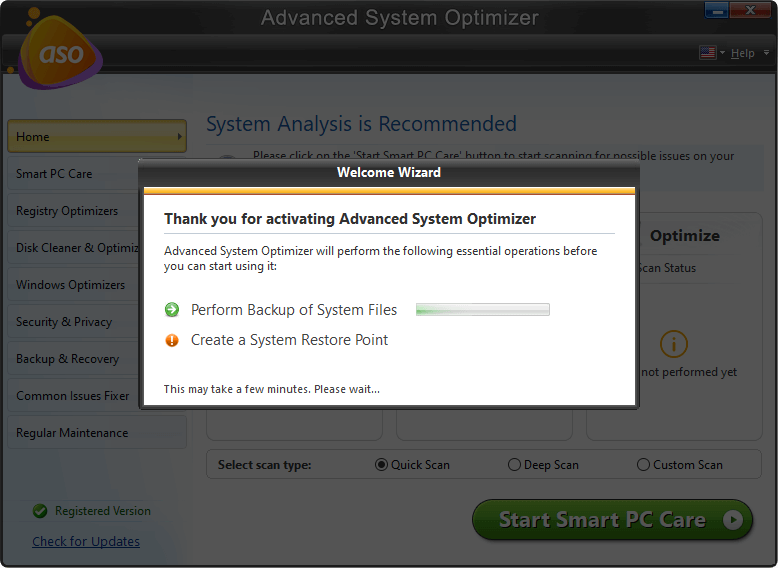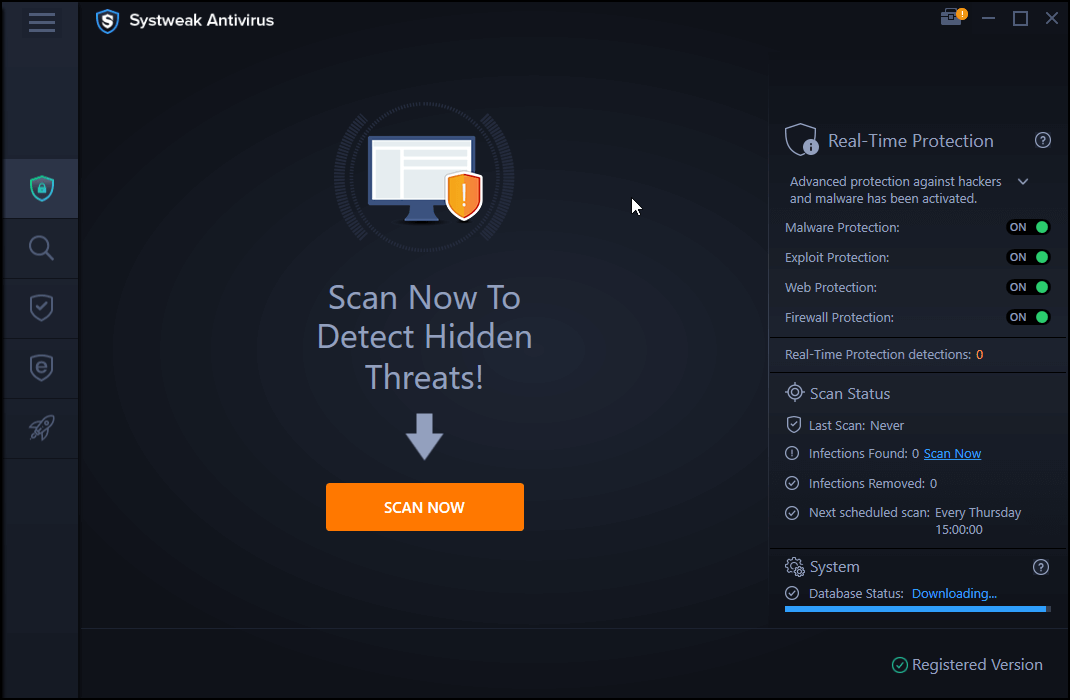Getting DEVICE_ QUEUE_NOT_BUSY Blue Screen Windows 10 error is a rare issue. Still, if you do encounter it, you should try some fixes to resolve the issue as soon as possible before it triggers bigger problems on your system. The majority of the time, the error message DEVICE_ QUEUE_NOT_BUSY appears when the user runs a program not compatible with the system. When the BSOD error happens, your system restarts itself to prevent causing further damage to the software and hardware components. But this creates system instability issues, further!
Symptoms: DEVICE_ QUEUE_NOT_BUSY
You will observe the following problems when the DEVICE_ QUEUE_NOT_BUSY Blue Screen Error occurs:
- The active program window crashes abruptly & you’ll be displayed with a DEVICE_ QUEUE_NOT_BUSY message.
- Your system will repeatedly restart multiple times.
- The mouse, keyboard, and other peripheral devices will stop responding properly.
- Your system will keep on hanging for several moments & you’ll also witness the stop code 0x2 with the error message DEVICE_ QUEUE_NOT_BUSY
Fixes: DEVICE_ QUEUE_NOT_BUSY (Error Code 0x2)
Though the Blue Screen Error seems an annoying and never-ending issue, it can be resolved easily when implementing the following solutions.
| Workarounds | Resolve The Error Code 0x2 (DEVICE_ QUEUE_NOT_BUSY) |
|---|---|
| METHOD 1- Uninstall Problematic Programs | The problem might have been caused by the last software installed. If you have lately downloaded tons of applications on your PC, try removing all of them to see if it fixes the issue. |
| METHOD 2- Perform A Malware Scan | Run a dedicated virus scanner and dismiss the existing malicious content and malware to resolve the code (0x2). |
| METHOD 3- Detach Recently Attached Hardware | If the error message DEVICE_ QUEUE_NOT_BUSY appeared after you installed a piece of hardware, then it is safe to say that it might have caused the BSOD error on Windows 10. |
| METHOD 4- Run SFC | Using the built-in Windows tool, you need to reset the corrupted Windows system components & recover DLL files. |
| METHOD 5- Update Drivers | If your PC is running incompatible or incorrect drivers, you may get this Blue Screen error on Windows 10. Learn how to update drivers most safely? |
METHOD 1- Uninstall Problematic Programs
The problem might have been caused by the last software installed. If you have lately downloaded tons of applications on your PC, try removing all of them to see if it fixes the issue.
- To manually uninstall programs on Windows 10, you can launch the Run window by pressing the (Windows key + R) altogether.
- Once the dialog box appears, type appwiz.cpl and hit the Enter button. This will open the Programs and Features window.
- Carefully scroll down the list, locate the application you’ve recently installed, and select the Uninstall button to remove them.
- In case you can’t remember which set of utilities you’ve recently added to your system, you can take the help of a professional Windows Uninstaller – Advanced System Optimizer.
- It gives a complete list of recently installed software & the largest programs on your PC, and you can perform bulk uninstallation in a click.
- To know more about Advanced System Optimizer, click here!

METHOD 2- Perform A Malware Scan
Run a dedicated virus scanner and dismiss the existing malicious content and malware to resolve the code (0x2).
- You should perform a full scan of your system to locate and erase traces of viruses or any other malware content.
- You can take Windows Defender’s help to run the full scan, check all the files, and run programs on your hard disk. But the process is time-consuming and can’t take a couple of hours to complete the process.
- Fortunately, we have tons of Antivirus Software that make the task hassle-free and fast. In just a few moments, you can locate and eradicate new and existing security threats that might be hampering the overall performance and causing the BSOD error: DEVICE_ QUEUE_NOT_BUSY.

METHOD 3- Detach Recently Attached Hardware
If the error message DEVICE_ QUEUE_NOT_BUSY appeared after you installed a piece of hardware, then it is safe to say that it might have caused the BSOD error on Windows 10. Hence, it’s highly recommended that you remove the hardware successfully and restart your system.
As soon as you start the PC, it should read the information on the hardware’s packaging and check if your PC meets the system requirements. If it does, try reconnecting the hardware and observe whether you are getting the DEVICE_ QUEUE_NOT_BUSY error again or not.
METHOD 4- Run SFC
Using the built-in Windows tool, you need to reset the corrupted Windows system components & recover DLL files. To run the System File Checker, all you have to do is:
- Launch the Command Prompt and Run as Administrator.
- Type the command line: SFC /scannow and hit the Enter button.
- Keep patience as the scanning process can take at least 10 minutes to get completed.
- Once the System File Checker scans and repairs the potentially corrupted files, you need to restart your system. Hopefully, the BSOD error DEVICE_ QUEUE_NOT_BUSY with code (0x2) should be resolved by now.

METHOD 5- Update Drivers
If your PC is running incompatible or incorrect drivers, you may get this Blue Screen error on Windows 10. Learn how to update drivers most safely?
- To update drivers manually, all you have to do is right-click on the Windows menu.
- Click on the Device Manager option from the list.
- As soon as the Device Manager window appears, scroll down to each category, expand it, and right-click on each device to choose the option Update driver. Make sure you update all the drivers, as you don’t know which might have turned incompatible, outdated, damaged, or corrupted.
- Since the process is time-consuming and hectic, several users look for multiple ways to update drivers securely and quickly.
- One of the most feasible ways to update and install the latest drivers is through using a professional driver updater utility like Smart Driver Care.
- To use the tool (Registered version): Install it on your Windows system > click on Start Scan button > keep patience and let the driver updater software find and list the faulty drivers > simply click on Update All button to bulk install the latest driver for each device.

(RESOLVED): DEVICE_ QUEUE_NOT_BUSY Blue Screen Error On Windows 10
Hopefully, all the solutions mentioned above will help you resolve the error code successfully. If nothing worked, you could also try performing a System Restore. The feature is an ideal way to get back to the original settings when everything was usually working. This will simply revert the changes if you’ve done something by mistake. You can follow the guides to learn about creating and using System Restore points.



 Subscribe Now & Never Miss The Latest Tech Updates!
Subscribe Now & Never Miss The Latest Tech Updates!